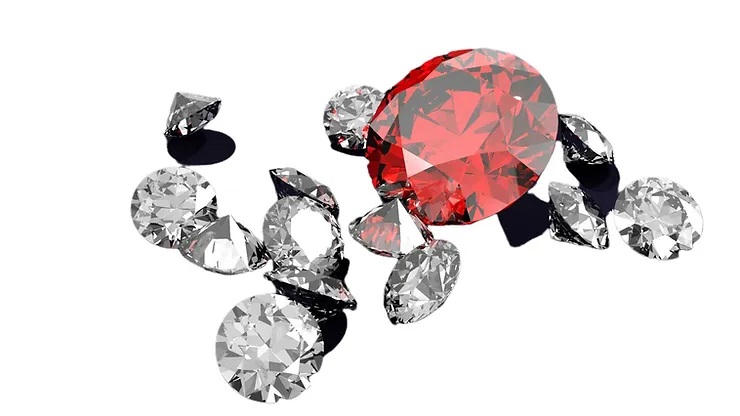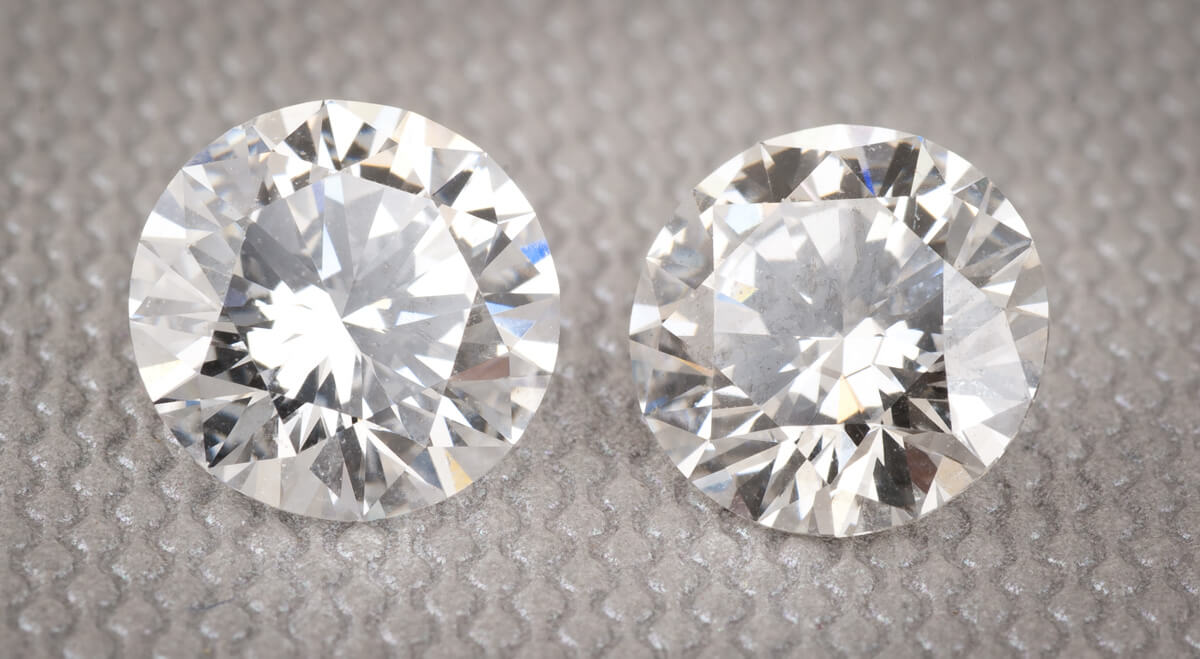Lab Diamonds | What are Lab Diamonds?
The allure of diamonds, with their timeless beauty and symbolic significance, has been redefined by the emergence of lab-grown diamonds. In this comprehensive exploration, we unravel the intricacies surrounding lab diamonds—providing insights into their visual characteristics, quality certification, diverse qualities, the decision-making process for consumers, and expert perspectives that shape the narrative of these ethically produced gems.
Do They Look the Same as Mined Diamonds?
One of the remarkable feats of lab-grown diamonds is their striking visual similarity to naturally mined diamonds. Utilizing advanced technological processes, scientists recreate the conditions under which diamonds form in the Earth’s mantle. As a result, lab-grown diamonds exhibit the same brilliance, fire, and scintillation that characterize their natural counterparts. To the naked eye, distinguishing between a lab-grown and a mined diamond is often an impossible feat, underscoring the success of modern diamond synthesis.
Key visual characteristics that contribute to the similar appearance include:
- Brilliance: Lab-grown diamonds possess the same dazzling brilliance, reflecting and refracting light in a way that creates a stunning play of colors.
- Fire: Like natural diamonds, lab-grown diamonds display fire, which refers to the dispersion of light into spectral colors. This contributes to the gem’s vibrant and captivating appearance.
- Scintillation: Scintillation refers to the flashes of light and sparkle seen when a diamond moves. Lab-grown diamonds exhibit scintillation in a manner similar to mined diamonds, creating a dynamic and visually engaging effect.
- Color: Lab-grown diamonds are available in a variety of colors, just like natural diamonds. They can range from colorless to shades of yellow or brown, and some labs even produce fancy-colored diamonds.
While gemologists and experts can use specialized equipment to differentiate between lab-grown and mined diamonds, the average consumer may find it challenging to visually distinguish between the two without the aid of gemological tools. This visual similarity is a testament to the success of lab-grown diamond technology in replicating the beauty of natural diamonds.
Do Lab-Grown Diamonds Come with a Quality Certificate?

The quality certificate, often referred to as a diamond grading report or certificate, typically includes the following information:
- Cut Grade: The quality of the diamond’s cut, including aspects such as proportions, symmetry, and polish, which influence its brilliance and overall visual appeal.
- Color Grade: The assessment of the diamond’s color, graded on a scale from colorless (D) to light yellow or brown (Z). This provides information about the presence or absence of color in the diamond.
- Clarity Grade: An evaluation of the diamond’s internal characteristics (inclusions) and external features (blemishes), graded on a scale from Flawless to Included, influencing the diamond’s purity and rarity.
- Carat Weight: The measurement of the diamond’s weight, expressed in carats. Carat weight is a significant factor influencing a diamond’s value.
- Additional Information: Some certificates may include information about fluorescence, a diamond’s measurements, and its proportions.
Having a quality certificate for a lab-grown diamond is crucial for several reasons:
- Informed Decision-Making: Consumers can make informed decisions by understanding the specific qualities of the diamond they are considering.
- Comparisons: Certificates enable consumers to compare different lab-grown diamonds based on standardized criteria.
- Transparency: A quality certificate provides transparency and reassures consumers about the authenticity and characteristics of the diamond.
Buyers need to look for diamonds graded by reputable and independent gemological laboratories to ensure the accuracy and reliability of the information provided in the certificate. The inclusion of a quality certificate enhances the overall credibility of the lab-grown diamond and facilitates a more confident and informed purchase.
Should You Choose a Lab-Grown Diamond?
The decision to choose a lab created diamonds or a mined diamond is deeply personal and hinges on individual priorities. Consider the following factors:

- Ethical Considerations:
- Lab-grown diamonds are often chosen for ethical reasons, appealing to consumers who prioritize environmentally conscious and socially responsible choices.
- Budget Considerations:
- Lab-grown diamonds can be more cost-effective than natural diamonds, providing an attractive option for those seeking high-quality gems within a specific budget.
- Customization:
- Lab-grown diamonds offer greater flexibility for customization, allowing consumers to select specific characteristics, such as cut, color, and clarity, based on personal preferences.
What the Experts Say
The perspective of experts on lab-grown diamonds has evolved over the years, reflecting advancements in technology, changes in consumer preferences, and a growing emphasis on sustainability and ethical considerations. Here’s a glimpse into what experts in the field of gemology and the diamond industry are saying about lab-grown diamonds:
- Recognition of Authenticity:
- Expert Opinion: Reputable gemologists and industry experts acknowledge that lab-grown diamonds are authentic diamonds. The physical, chemical, and optical properties of lab-grown diamonds are nearly identical to those of mined diamonds.
- Growing Popularity:
- Expert Opinion: Experts recognize the increasing popularity of lab-grown diamonds, driven by factors such as ethical sourcing, environmental concerns, and the desire for budget-friendly alternatives. Lab-grown diamonds have gained wider acceptance as consumers become more informed about their origin and qualities.
- Technological Advancements:
- Expert Opinion: The diamond industry experts acknowledge the significant technological advancements that have facilitated the growth of the lab-grown diamond market. Innovations in High Pressure High Temperature (HPHT) and Chemical Vapor Deposition (CVD) methods have enabled the production of high-quality lab-grown diamonds.
- Ethical and Environmental Considerations:
- Expert Opinion: Many experts acknowledge the ethical and environmental advantages of lab-grown diamonds. These diamonds are often seen as a more sustainable and responsible choice, particularly for consumers who prioritize ethical considerations in their purchasing decisions.
- Consumer Choice:
- Expert Opinion: The consensus among experts is that the choice between lab-grown and mined diamonds ultimately rests on consumer preferences. Some consumers may prefer the geological rarity and natural origin of mined diamonds, while others appreciate the ethical and customizable aspects of lab-grown diamonds.
Conclusion
Lab-grown diamonds represent a revolution in the diamond industry, offering a responsible, customizable, and visually indistinguishable alternative to naturally mined diamonds. As technology continues to advance and consumer awareness grows, lab-grown diamonds are poised to become an integral part of the diamond market. The decision to choose a lab-grown diamond ultimately rests on individual preferences, values, and the desire to be part of a more sustainable and ethical future in the world of fine jewelry.